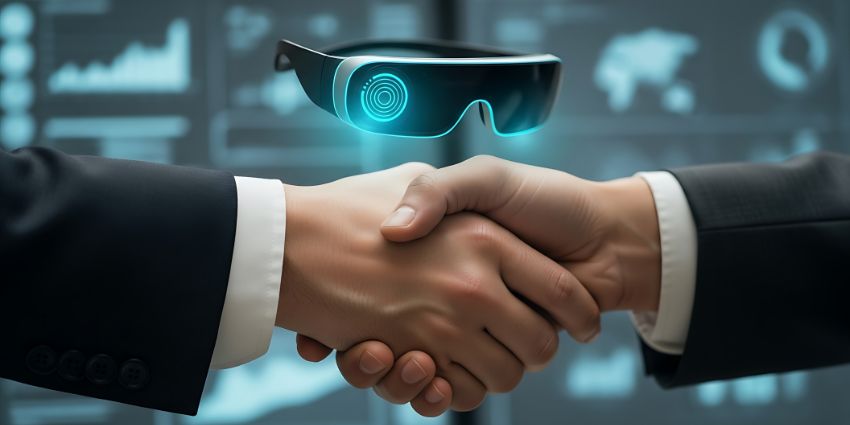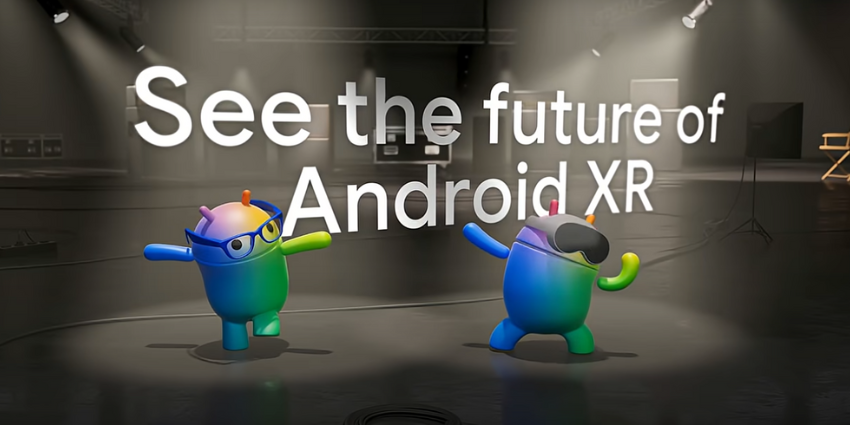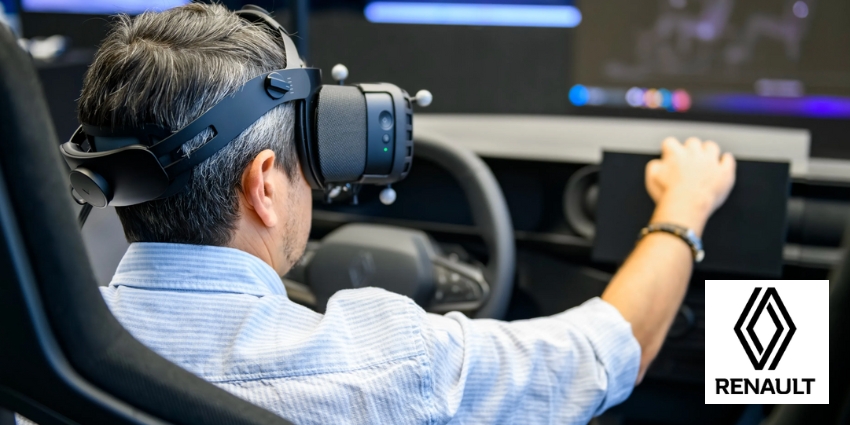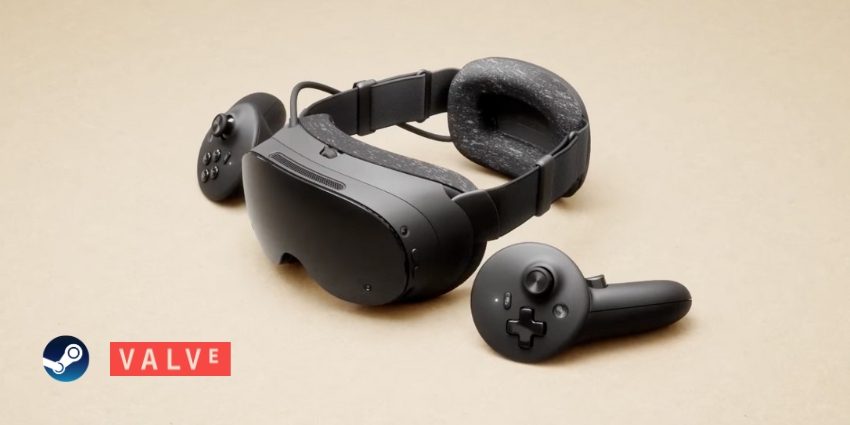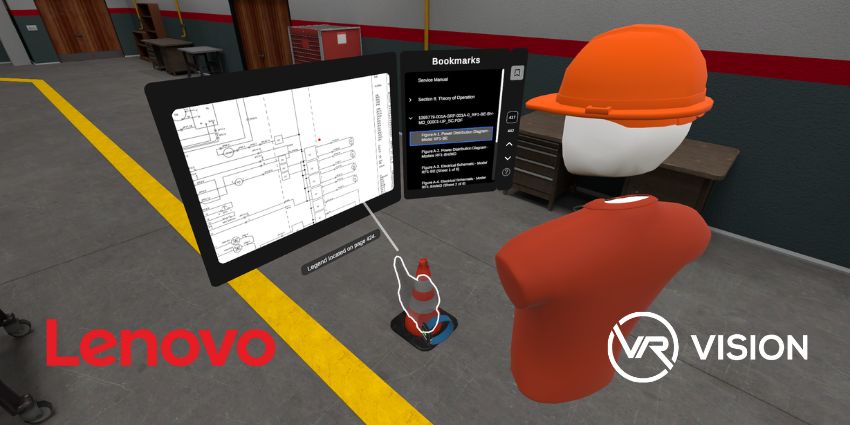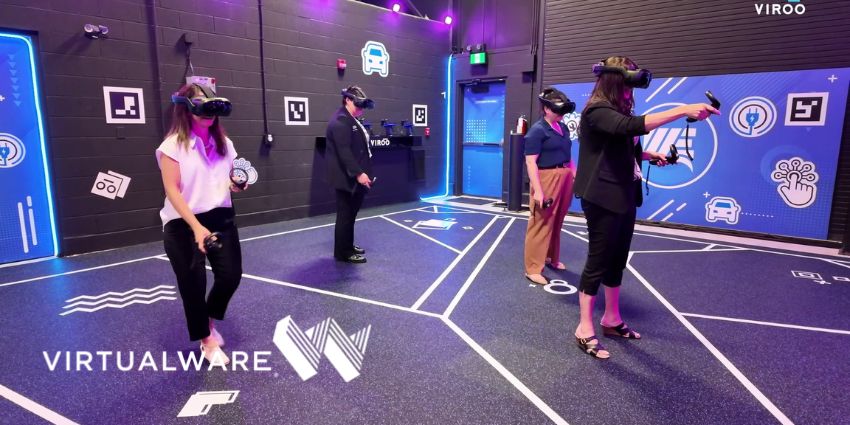The best XR products don’t come from a single company. They come from teams of partners, each focused on doing one thing exceptionally well – chips, optics, sensors, networks, and content working toward the same goal. The past month has proven that point.
A Month of Smart Deals
THEON’s “THEON NEXT” initiative set the pace with a series of cross-Atlantic moves to bring components and deployments closer together. The company invested $15 million in Kopin and took a major stake in its Scottish business to build a European AR hub. It also renewed its supply deal with eMagin for military-grade OLED micro-displays.
Additionally, THEON formed a strategic partnership with ALEREON to deliver secure, ultra-wideband (UWB) soldier-to-device links. It also invested €5 million in Varjo, known for its high-end VR/MR headsets used in defense-grade simulation.
These moves aren’t random bets. Together, they create a pipeline, from tiny high-contrast screens and jam-resistant radios to hyper-realistic training systems.
On the content side, echo3D and Glossi teamed up to close the gap between engineering and storytelling. Now, echo3D’s asset system integrates directly into Glossi’s browser-based 3D studio (powered by Unreal Engine). Design and marketing teams can convert CAD files into polished 4K images and videos – without relying on local render farms. For B2B teams running pilots, training, and launches, this shift turns XR plans into operational XR programs.
Manufacturing also advanced. Haylo Labs acquired Plessey Semiconductors and committed £100 million to scaling microLED production in the UK. MicroLED’s brightness and efficiency make it perfect for outdoor, full-shift AR. Expanding an integrated fab in Britain signals that next-gen optics are heading toward mass production.
Finally, Qualcomm and VoxelSensors partnered to optimize VoxelSensors’ event-based 3D sensing – SPAES – on the Snapdragon AR2 platform. By tracking only changes in a scene, SPAES reduces power consumption and latency. This is how AR glasses start to feel like eyewear instead of equipment.
How the XR Stack Fits – and What to Ask Vendors
Chips: The Heartbeat
Every XR device starts with its chipset. This component dictates performance, comfort, and efficiency. The goal isn’t just raw power. It’s smooth passthrough, reliable eye tracking, multiple camera feeds, and real-time spatial mapping – all without turning the headset into a portable heater.
Snapdragon’s XR2 chips lead in mixed reality, enabling heavy workloads and rich visuals. The AR2 architecture targets all-day wearables with a split, low-power design that saves battery without sacrificing capability.
Questions to ask vendors:
- How many camera streams can the chip handle at once?
- How does it manage heat during long sessions?
- What’s the actual power draw when eye tracking and mapping run together?
Displays & Optics: Building Trust
Visual clarity builds user trust. Micro-OLED displays deliver deep contrast and precision, ideal for simulations, medical training, and cockpit environments. MicroLED, in contrast, shines in bright, outdoor settings like factories or flight lines. When paired with advanced waveguides, MicroLED offers brightness, efficiency, and lighter form factors – making long sessions practical.
Questions to ask vendors:
- In real-world lighting, are overlays clear?
- How many nits reach the user’s eyes after the optics chain?
- What’s the weight and battery cost of the lens and display combo?
Sensing & Connectivity: Safety and Stamina
Sensors and connectivity affect both safety and endurance. Event-based depth sensing, like SPAES, captures only changes, reducing latency and power use. On the connectivity side, UWB links from companies like ALEREON provide stable, low-latency communication even in noisy, metal-heavy environments – crucial for mission-critical tasks.
Questions to ask vendors:
- What’s the device’s battery life with all sensors active?
- Can they prove link reliability in your actual environment?
- What’s the latency from sensor input to rendered output?
Content: The Engine of Adoption
Hardware is useless without content. The best platforms simplify asset workflows, just like echo3D and Glossi. Centralized asset management, browser-based design tools, and rapid exports keep teams moving quickly.
Questions to ask vendors:
- How easy is CAD ingestion?
- Is there version control to keep workflows clean?
- Can assets export into your existing tools for video, training, or web use?
Why Partnerships Make XR Stronger
Partnerships amplify performance across the stack:
- Chips and sensors: Better efficiency leads to lighter, cooler devices people actually want to wear.
- Displays and optics: Brighter, sharper visuals build trust without draining batteries.
- Connectivity and devices: Stronger links ensure workflows never fail when they matter most.
- Content and tooling: Faster asset delivery keeps training and launches in sync with hardware.
Together, these elements create true fit – fit for the job, the face, and the battery. That’s how XR evolves from a flashy demo into an everyday tool. The choice is yours…
Join our LinkedIn community of 2,000+ XR innovators to share your take on the future of AI glasses, and subscribe to our newsletter for the week’s most crucial XR industry news.
